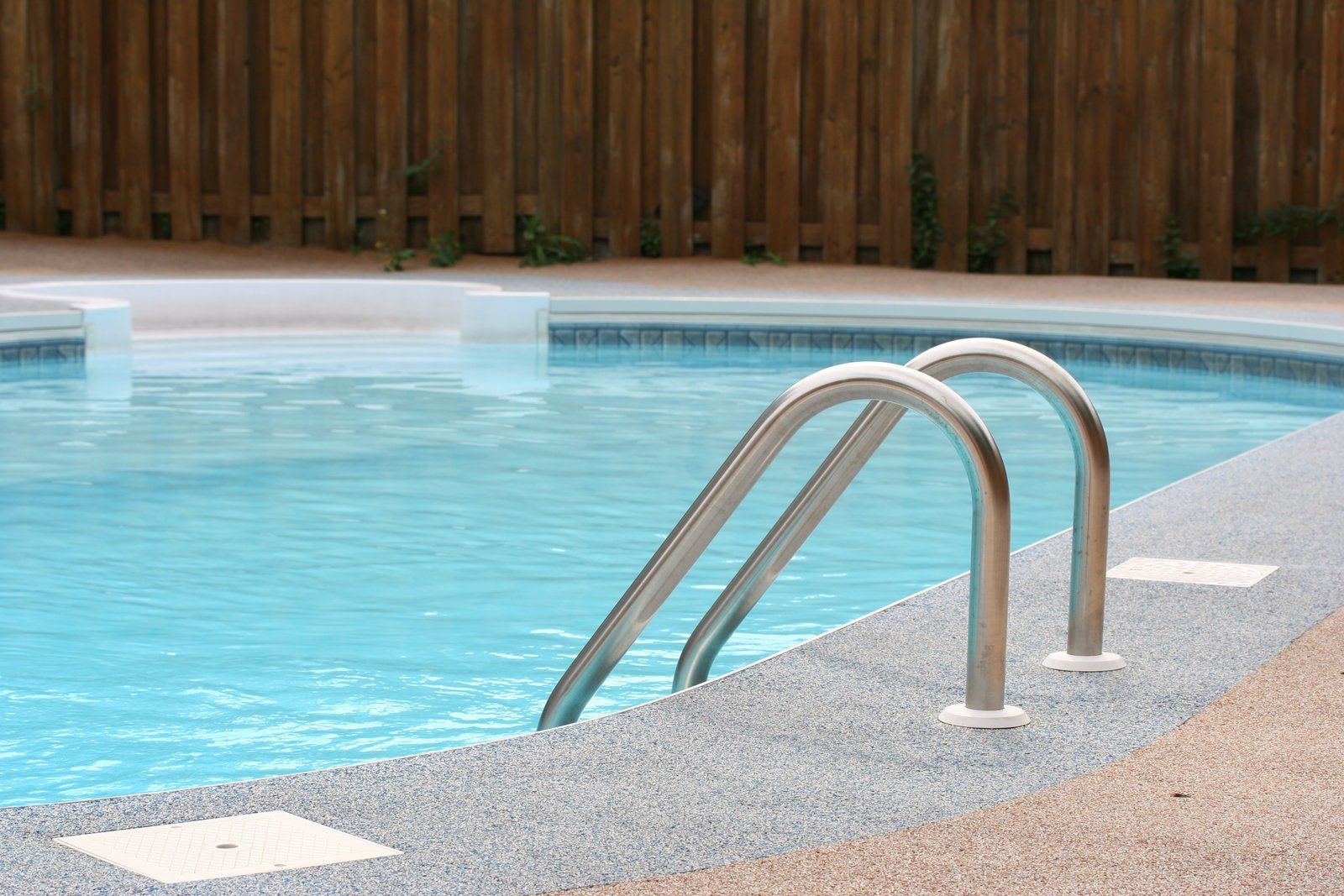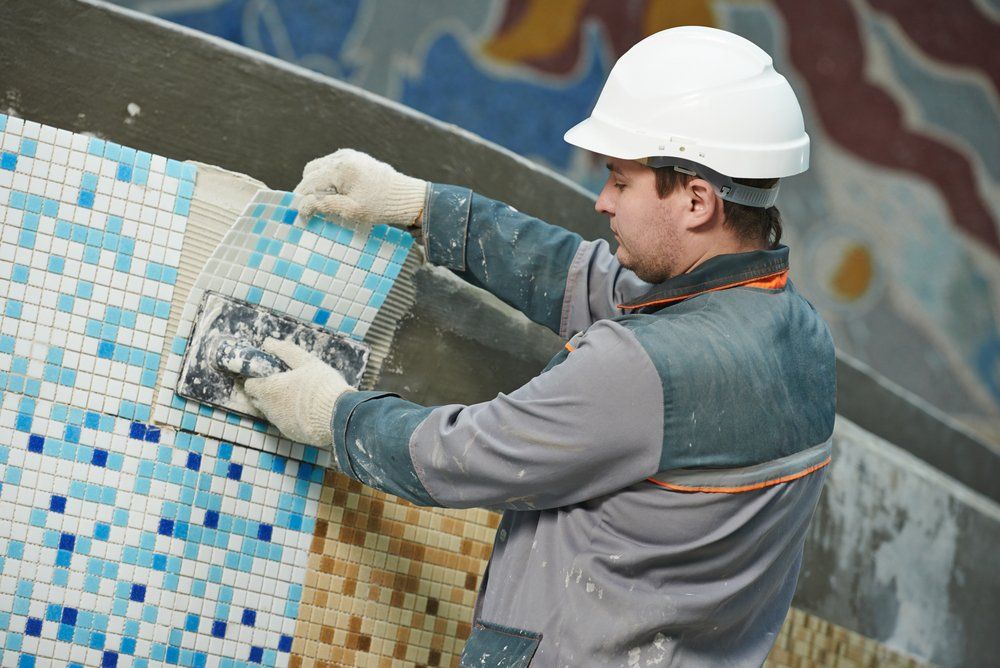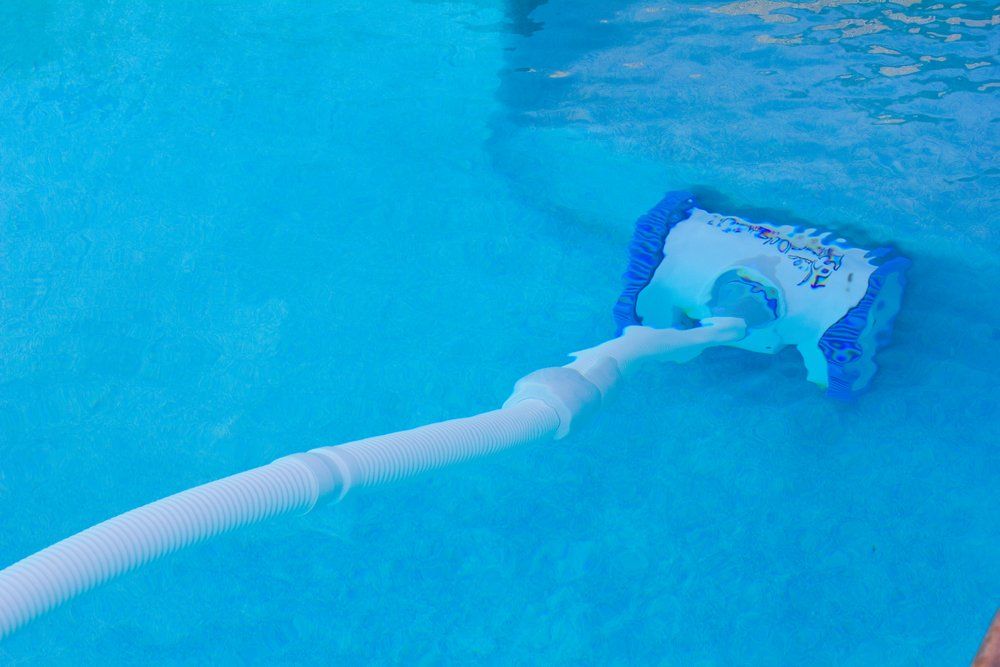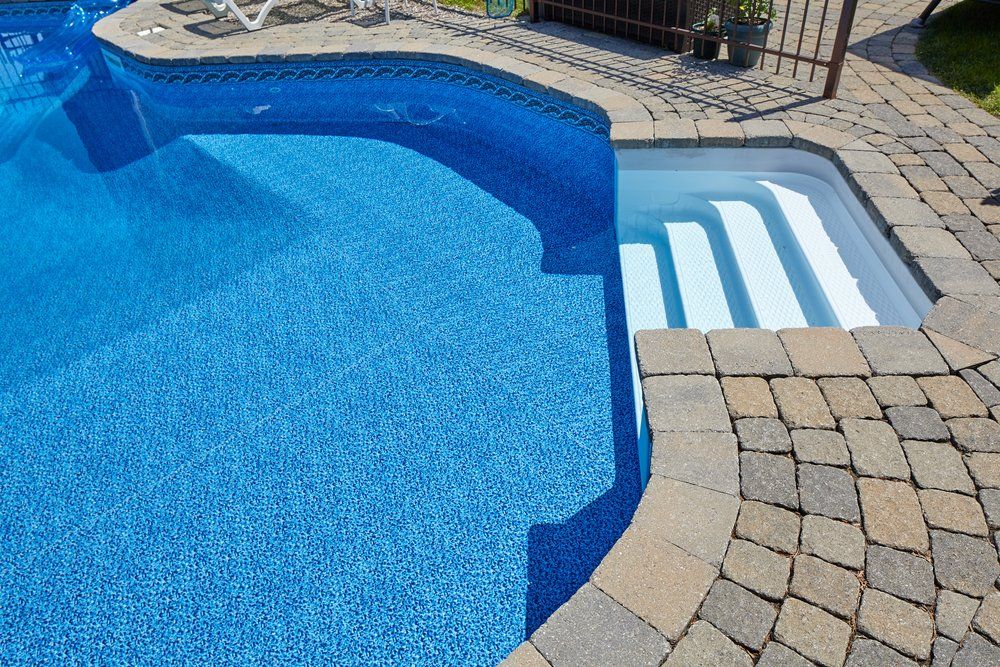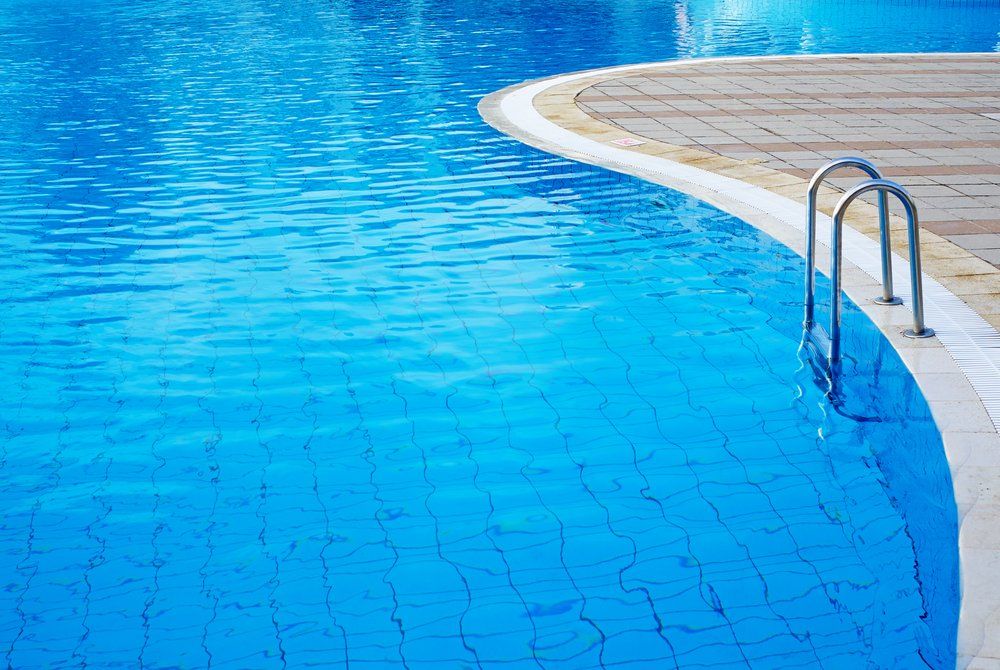How Long After Pool Cleaning Can You Swim?
Before you can jump in the pool, it is imperative to read the instructions and precautions before shocking. If you overstock, you can delay the water chemistry from returning to a safe level for swimming by up to 48 hours. In addition, the chlorine solution can bleach the vinyl liner, making it unsuitable for swimming. Always follow instructions carefully and shock to the recommended level. You can also try a non-chlorine shocking method.
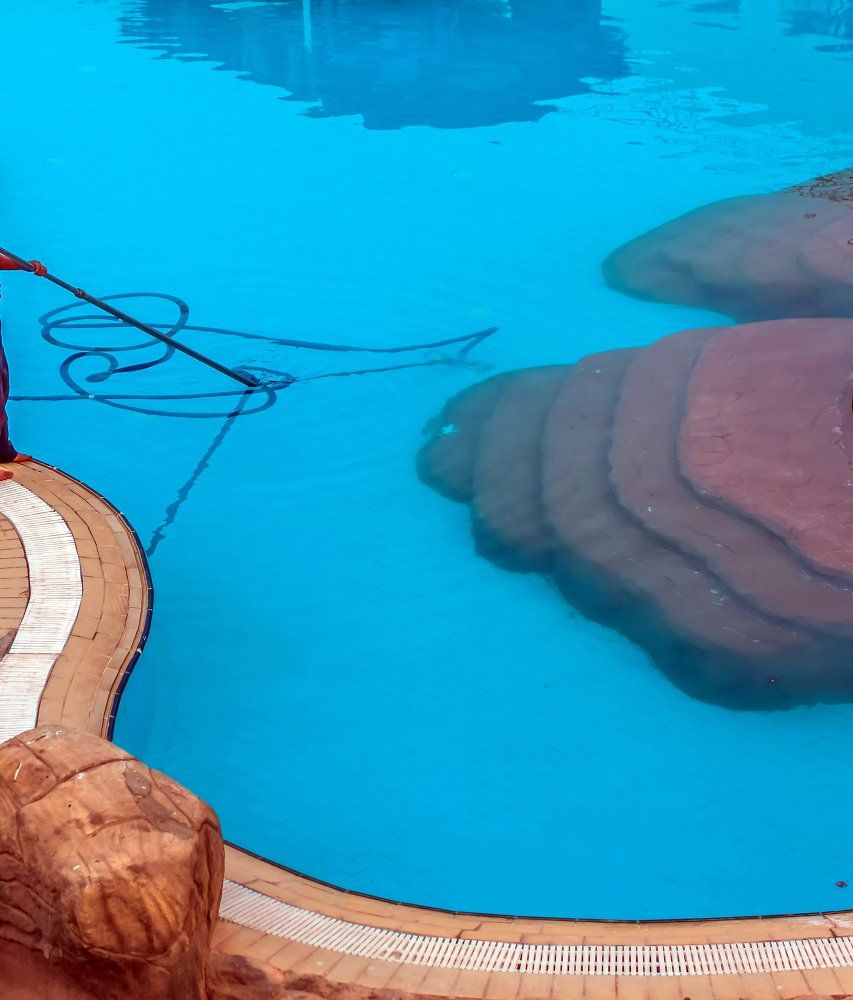
Algaecides kill algae
To kill algae, add an algaecide to your pool after you clean it. Do not mix algaecide with shock treatment, and wait for at least 24 hours before you add it to your pool. When adding algaecide, make sure to start the filter and wait until the chlorine level is below 5 ppm. Algaecides will kill algae, but they will not completely remove it.
Another type of algaecide is copper-based. Copper ions are attached to amino acids in algae cells and attach to their walls. The resulting positively charged metal ion kills the algae's enzymes and attacks their nucleus. Copper-based algaecides are best for black and blooming algae. Copper-based algaecides are generally sold in a three-pack for an affordable price.
While there are specific algaecides for different types of growth, there are multi-purpose algaecides that will kill all kinds of algae in your pool. In fact, XtremeBlue is a great choice for black algae spots. If you are using an algaecide to kill algae, remember to always wear protective gear to avoid contact with the chemical. You also need to choose the right algaecide. Different types of algaecides are effective for different stages of growth, size, and location.
Before using algaecide, you must ensure that the phosphates in your water are low. You can test the level of phosphates in your water with a phosphate test kit available from a pool supply store. If the level is below a certain level, shock the pool by adding a commercial strength algaecide. When phosphate levels are low, algaecides will kill the algae without staining the water.
Chlorine increases acidity in a swimming pool
If you have ever wondered how much chlorine your swimming pool needs, this article is for you. It's important to understand that there are two forms of chlorine - active and weak. Active chlorine is less effective in destroying bacteria, but weak chlorine can be a lot more harmful. And because the latter is more susceptible to UV rays, the pH of your pool will be lower than usual. Fortunately, there's a way to prevent this problem and boost the quality of your pool water.
Water pH is a measurement of the total acidity and alkalinity balance of the water. When the water is too acidic, it corrodes metal equipment, and on the other hand, water that is too alkaline is a cause for concern. Water that is too acidic can cause skin irritation, and too alkaline water can result in scaling of the pool surface and plumbing equipment. In addition, too high a pH can compromise the effectiveness of chlorine.
When water is too alkaline, chlorine cannot destroy pathogens. In addition, if the water is too alkaline, the chlorine will dissipate quicker than it can kill them. A pool's pH should remain around 5.0 or below for maximum effectiveness in fighting bacteria. Chlorine has a positive impact on the health of your pool. To keep it healthy and safe for everyone, use an appropriate amount of chlorine to maintain a proper pH.
Calcium bicarbonate is another common compound used to combat the pH of water. The pH of water is naturally raised due to carbon dioxide dissolved in it. This carbon dioxide is naturally eliminated from the pool through the process of evaporation. However, you should note that this process takes about 30 to 60 days to finish, so it's not worth it. In addition, the pH level of your pool will naturally rise, depending on the temperature of the water in the pool.
The non-chlorine shocking method is safer
When it comes to cleaning your pool, a non-chlorine shocking method is safer. It oxidizes contaminants, but it doesn't kill bacteria. This method does not require long waiting periods; it takes about 15 minutes to shock a pool. To avoid risking a chemical reaction with your pool, shock it in the evening before swimming. Then, use it the following day. Remember to avoid shocks during rainy days, as dirt and leaves can enter your pool after the shock has taken effect.
The main difference between chlorine and a non-chlorine method of pool cleaning is the oxidizing process. Chlorine shock removes organic matter from water, whereas a non-chlorine method simply oxidises organic material. Compared to chlorine, a non-chlorine shock will not affect the level of chloramine in your pool. It will also have no impact on the level of bromine in your pool.
Another difference between chlorine and non-chlorine shocking method is the amount of chlorine you use. When you shock your pool with chlorine, the water level is raised. Usually, it goes up to about 10 ppm. However, this method can't be used immediately, so you'll need to wait until the water level drops to three or four ppm before using it. If you use a chlorine-based method of pool cleaning, you'll have to check the levels regularly so you can avoid chemical reactions.
If you want to clean your pool without a chlorine-based shock formula, you can also use liquid chlorine. This type of liquid chlorine is inexpensive and effective. Liquid chlorine is the highest pH among chlorinated shock formulas. However, when used in large doses, the acid will bleach out vinyl liners and paint. However, a low dose of liquid chlorine is enough to kill most bacteria and algae. If you plan to use this method, you should avoid entering your pool for 24 hours. During this time, the acid will oxidise to simple salt water.
Effects of rain on water chemistry
Although light rain will not have a great impact on the pH level of your pool, heavy rainfall can cause your pH to drop. Even though this is good, rain can still change the balance of your water chemistry. Rain can lower the pH level by a few points, but it will quickly rebound after a few hours. Regular sanitation of your pool is essential to avoid any changes in the chemistry.
Heavy rain will dilute pool chemicals, especially chlorine. Rain also contains other contaminants that could negatively affect the water chemistry. Air pollution is known to contain bacteria, which can degrade the water's pH. Heavy metals are also found in cloudy atmospheres. Additionally, during downpours, dirt, leaf litter, and organic matter can find their way into the pool. While this is unlikely to cause a problem with your pool chemistry, you should still make sure that you test your water after rain in order to maintain the proper chemistry.
Rainwater dilutes existing chemicals in your pool and can change pH levels. Too much rain can lower the pH level, causing your pool to deteriorate. It can also cause a buildup of calcium called scaling. This can result in a lack of water filtration, excessive algae, and cloudiness. If the PH level drops too low, it can damage your pool's plumbing system and can even cause your skin to become irritated and red.
Heavy rainfall can significantly affect the chemistry of your swimming pool. It dilutes the chlorine in the pool and causes it to become ineffective in reducing the pH level. Rainwater can also decrease the pH level of your pool, making it unsafe for swimming. Rain can also affect the finish and pool equipment, so make sure to check the water chemistry after a rainy day to ensure your pool remains clean.
Effects of chlorine on skin
The effects of chlorine on the skin after swimming can be very unpleasant. Most cases will clear up on their own with proper treatment, though mild symptoms include redness and itching. Severe rashes may result in bleeding, blisters, and sores. Generally, you should wash the affected area with a mild antihistamine and apply an emollient lotion. You should avoid swimming in pools that have a heavy chlorine smell.
In addition to skin irritation, prolonged exposure to chlorine can cause eczema. While the chemicals act to kill eczema bacteria, their drying effect can cause skin irritation. To reduce eczema after swimming, keep the skin clean and well-hydrated. You can purchase products designed to target the effects of chlorine on dry skin. Some contain Vitamin C, a natural antioxidant. You can also apply saline drops to your eyes to rinse them thoroughly.
Some people experience a rash or irritation after swimming in chlorine. This rash may be temporary and not require medical attention. However, if the rash is persistent or worsens, you should visit a doctor immediately. A doctor may be able to prescribe steroid creams to treat your rash. Moreover, if your rash persists, you should see a dermatologist as soon as possible.
You can reduce the chances of experiencing a rash after swimming in chlorinated water by taking a bath. However, using lotion or petroleum jelly to combat the irritation is not recommended, as it can make the symptoms worse. To avoid further skin irritation, you should take a break from the chlorine for a few days. You may also want to try taking a cool sponge bath instead of a hot shower.
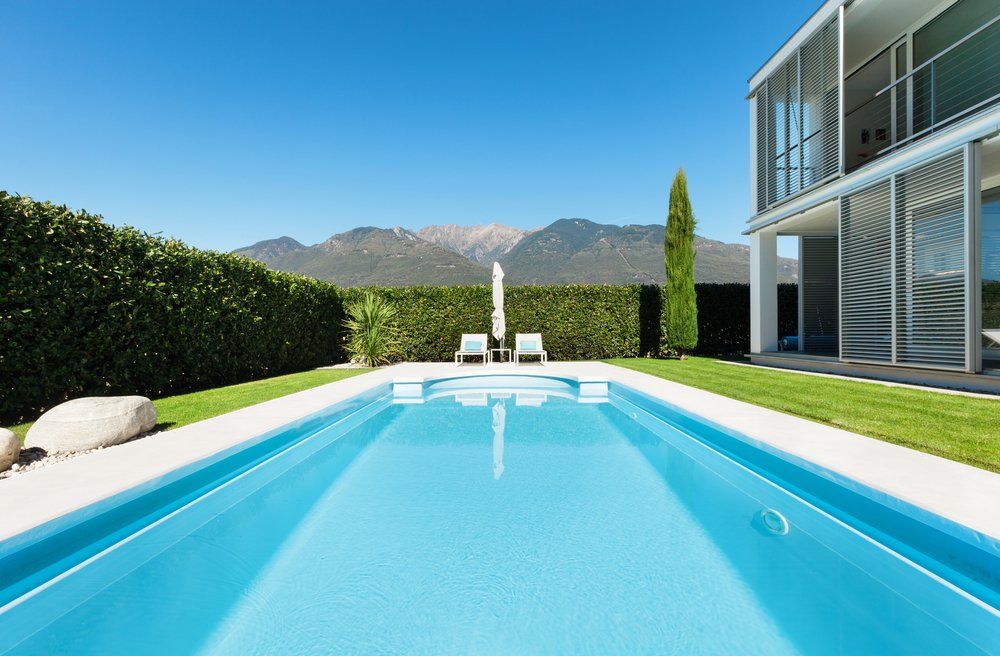

Glendale Pool Services

